The Cagsawa Ruins is one of the most visited tourist attractions in Albay. It is located in Barangay Busay, Cagsawa, in the Municipality of Daraga, Albay, in the Philippines. It is about 8 kilometers from the Albay Provincial Capitol where the Peñaranda Park & Liberty Bell and St. Gregory the Great Cathedral are located nearby. The area is considered symbolic of the dangers of living in close proximity with the Mayon Volcano summit, which is roughly 11 kilometers away.
In history, the administration of the Cagsawa Church was under the Parish of Camalig in 1587-1595. The first church was burned in July 25, 1636 by the Dutch Pirates who pillaged the towns nearby Legazpi Bay.
Also spelled as Kagsawa or Cagsaua, the Cagsawa Ruins are leftovers of an 18th-century church built by the Franciscan Friars headed by Fray Francisco Blanco, D.F.M. It was built in 1724 using coral stones. It was buried by rocks and lava during the eruption of the nearby Mayon Volcano, a majestic active volcano known for its perfect cone shape, in February 1, 1814. The explosion killed an estimated 1,200 inhabitants in the nearby areas and buried the town of Cagsawa (among others) under several hundred million cubic meters of ash. Hundreds of people of the town of Cagsawa purportedly sought protection in the church, but were also killed by either pyroclastic flows or lahar. Only the belfry and a few parts of the convent continue to exist today, however parts of the crumbling frontage were still standing long following the 1814 eruptio. It is said that the facade of the structure collapsed due to earthquakes in the 1950’s.
After the 1814 eruption, the authorities of Cagsawa meet at the nearby town of Ligao on July 6, 1814 and decided to incorporate their town as part of the Municipality of Daraga. The first centenary of the devastation of the church was commemorated on February 1, 1914, with a huge pilgrimage to the ruins where a high mass was celebrated.
The Cagsawa Ruins is currently a protected park overseen by the municipal government of Daraga and the National Museum of the Philippines.
In 1954, the Cagsawa Ruins was declared a National Historical Site by the Manila-based National Historical Institute.
The Albay Tourism Administration is slowly making the name Cagsawa Ruins to Cagsawa Ruins Park. Since it is now one of the most popular tourist destinations in the Bicol Region, the government has decided to develop the area and continue to maintain its abundant greeneries. It is also the site of the Cagsawa National Museum or Cagsawa Branch of the National Museum of the Philippines . The museum was formally inaugurated on October 30, 1992 on land donated by the municipality of Daraga. It is the third largest regional branch of the National Museum. It contains photographs of the volcanic eruptions of Mount Mayon as well as geological and archeological exhibits.
Cagsawa was also tested by the Super Typhoon Reming in 2006. The ruins were unscathed even as the typhoon distressed the neighboring countryside with mudslides and lahar that killed at least 1,266 people. The event is similar to another catastrophe in the same region in 1825, shortly after the 1814 Mayon eruption.
In March 9 2007, a statue of “Jesus Christ, Lord of Divine Mercy” was donated by a group who attended the 2nd National, 4th Luzon-wide, 1st Bicol Regional Divine Mercy Convention from March 8 to 10, 2007. The Divine Mercy statue is the first to greet the visitors who want to see the entire Cagsawa Ruins Park.
Admission Rates
Adults – P10.00
Children – P10.00
Note: Ask for the “cash tickets” upon payment.
Souvenir Shops
Because the Cagsawa Ruins Park is one of the highlights of Albay and tourists regularly visit it, several souvenir shops were allowed by the government to sell delicacies and keepsakes to tourists. Shirts, bags, mugs, arts and crafts made from hardwood, abaca and shells are among the best-sellers. There is also a wide variety of selling the abundant pilinuts such as salted, sugar coated and candies.
How to get there
The corner going to Cagsawa Ruins is a 25 to 30-minute jeepney ride (P12-P15) from the Old Albay District or city center of Legazpi where the Battle of Legazpi Monument is located. It’s a short 5 kilometers or 15-minute from the Legazpi Airport and the only public transportation are tricycles which can vary greatly in fares depending on how you negotiate and the number of passengers. From the corner going to the Park, you can either choose to walk the 500-meters for a couple of minutes or ride a tricycle (P20).
This page is last updated on
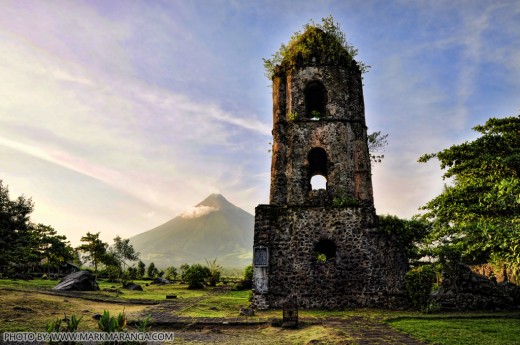
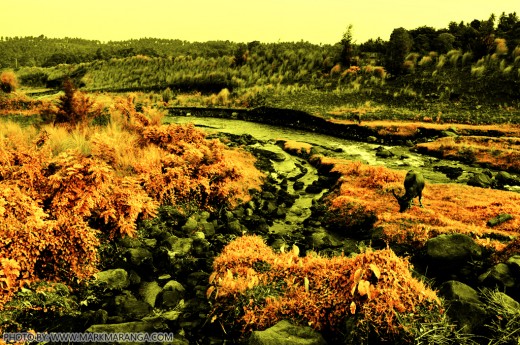
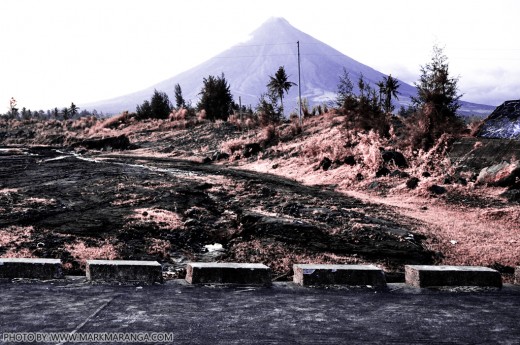
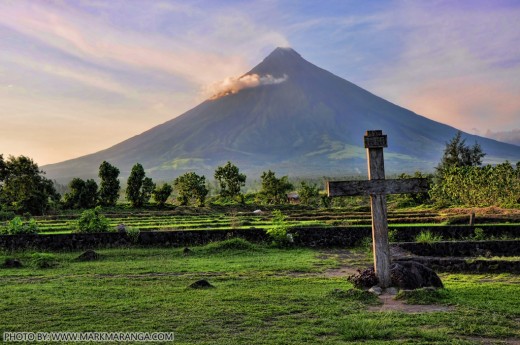
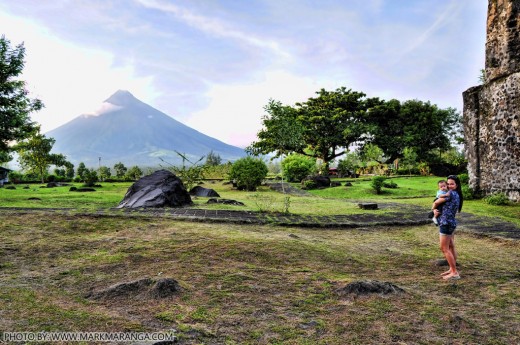
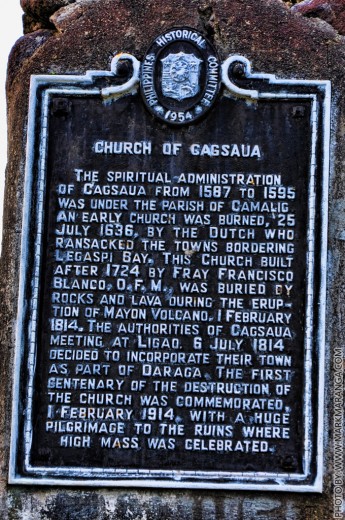
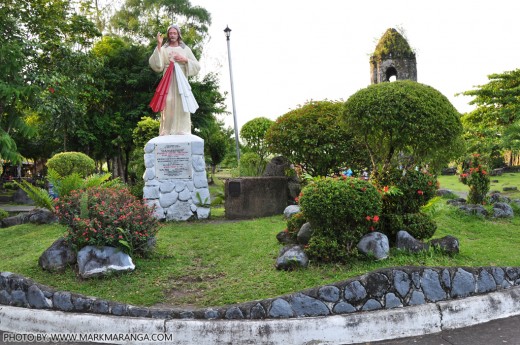
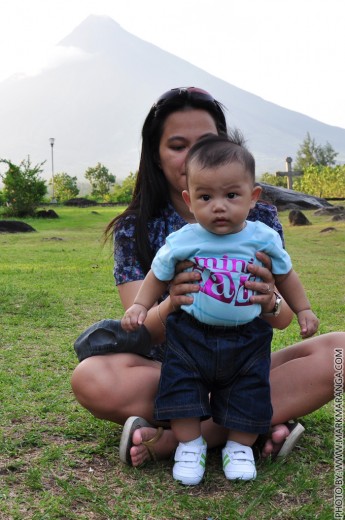
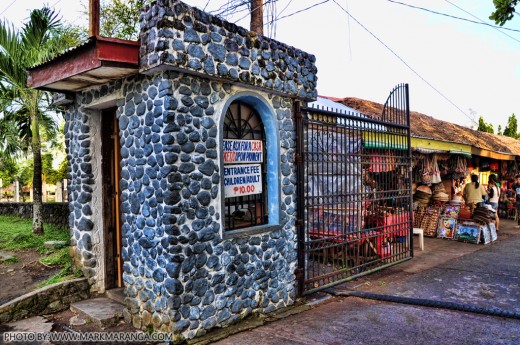
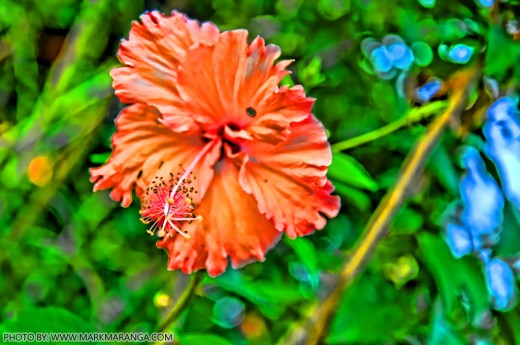
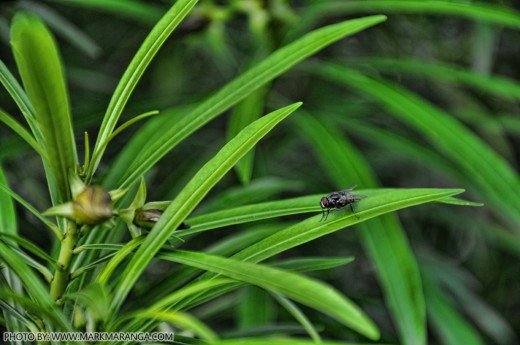
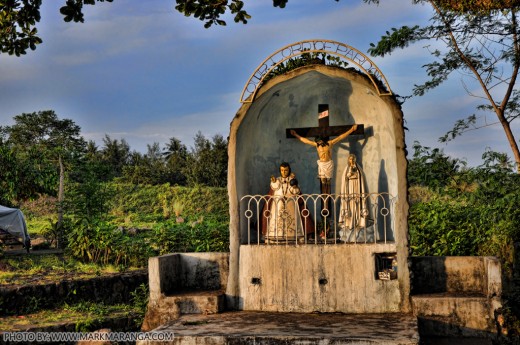
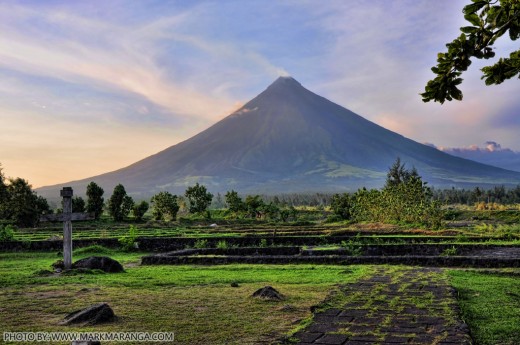
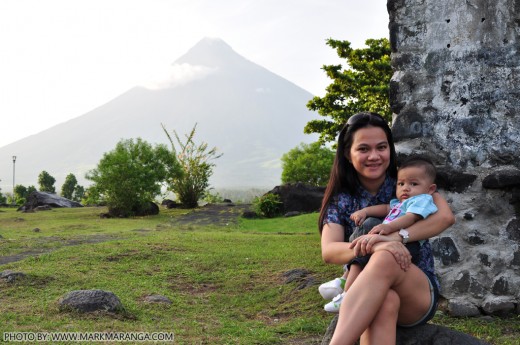
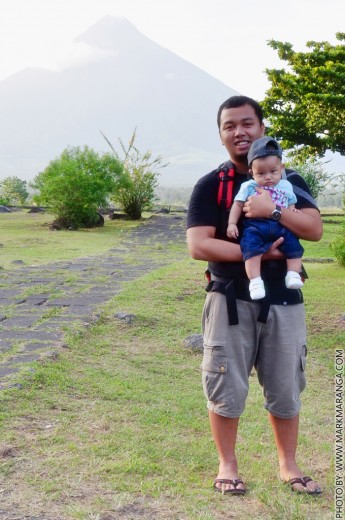
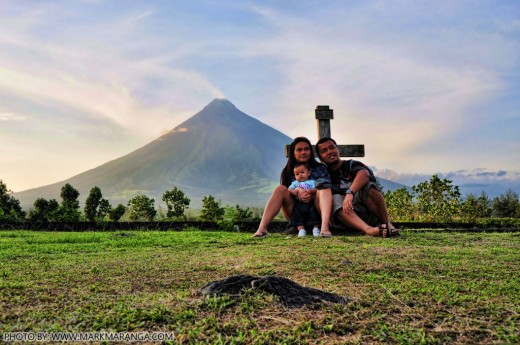
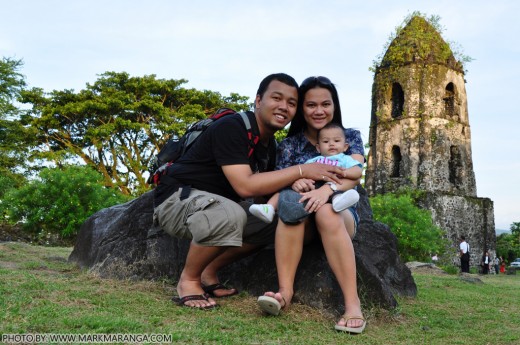
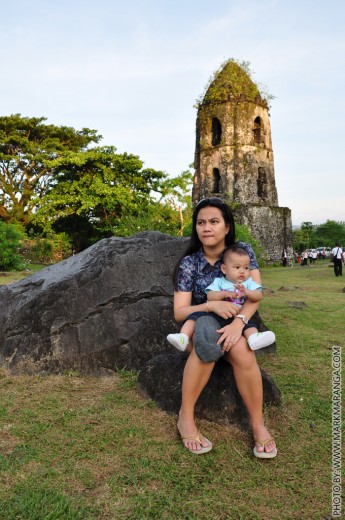
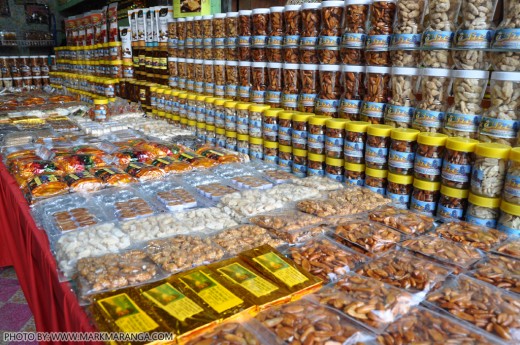
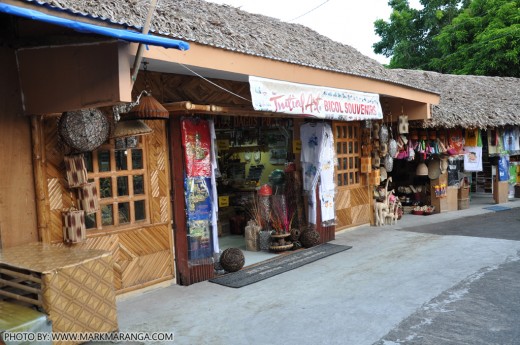
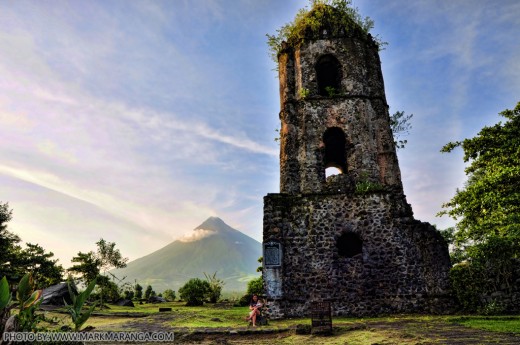
 Mark Anthony Maranga is an Educator-Parent to his 3 Homeschooling Kids. He sells
Mark Anthony Maranga is an Educator-Parent to his 3 Homeschooling Kids. He sells 










